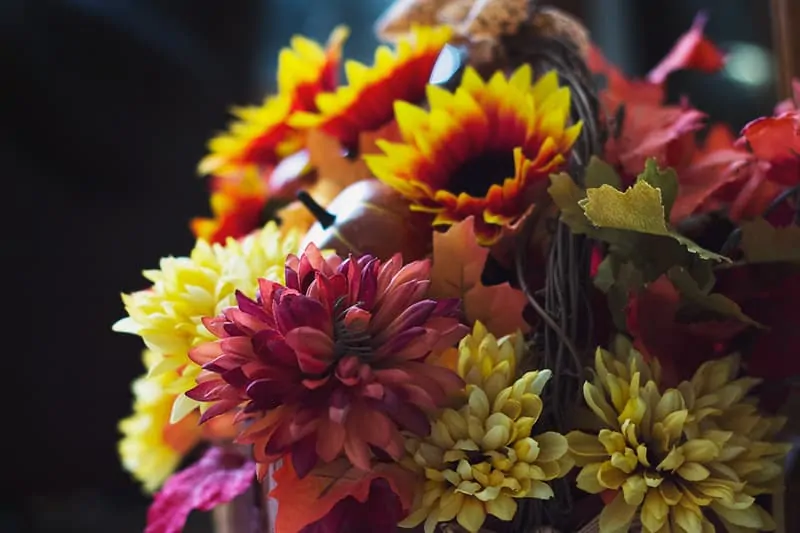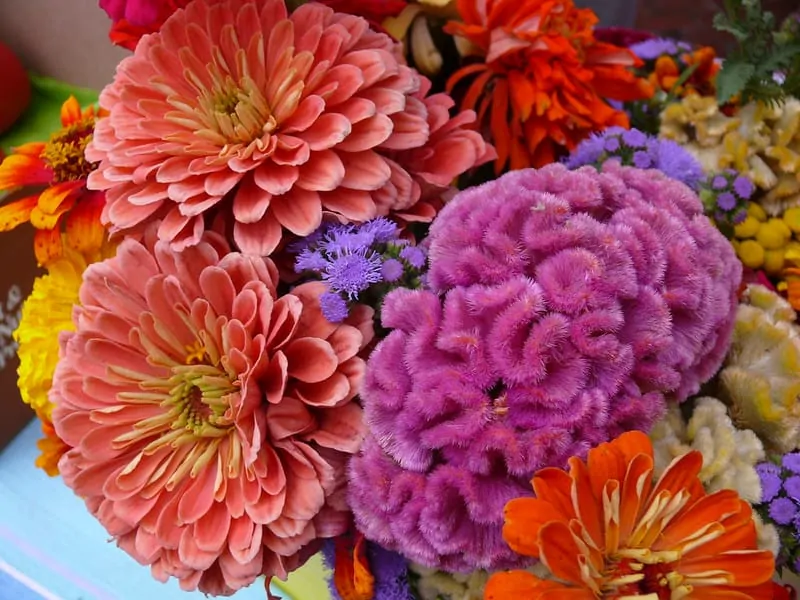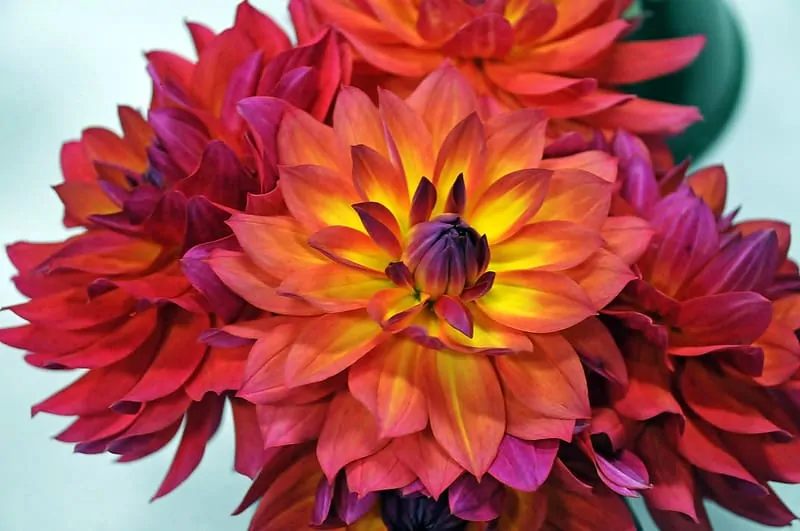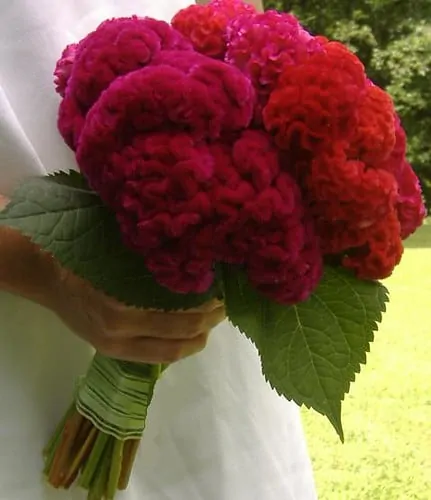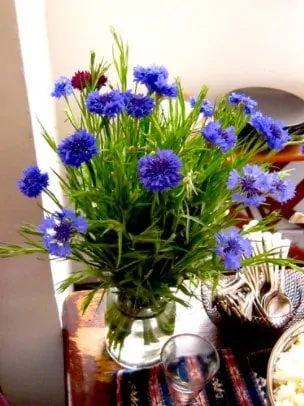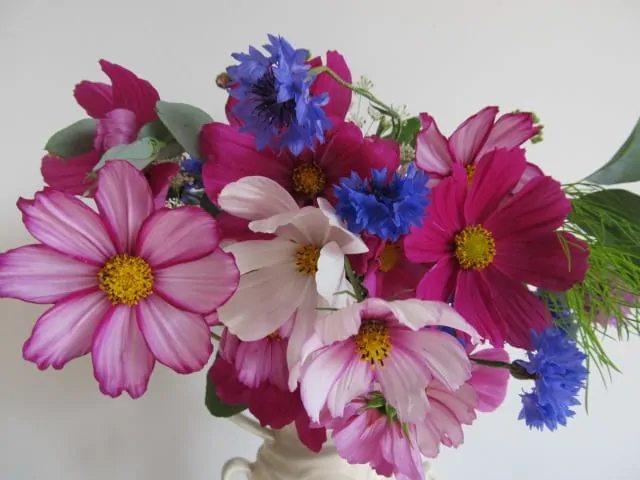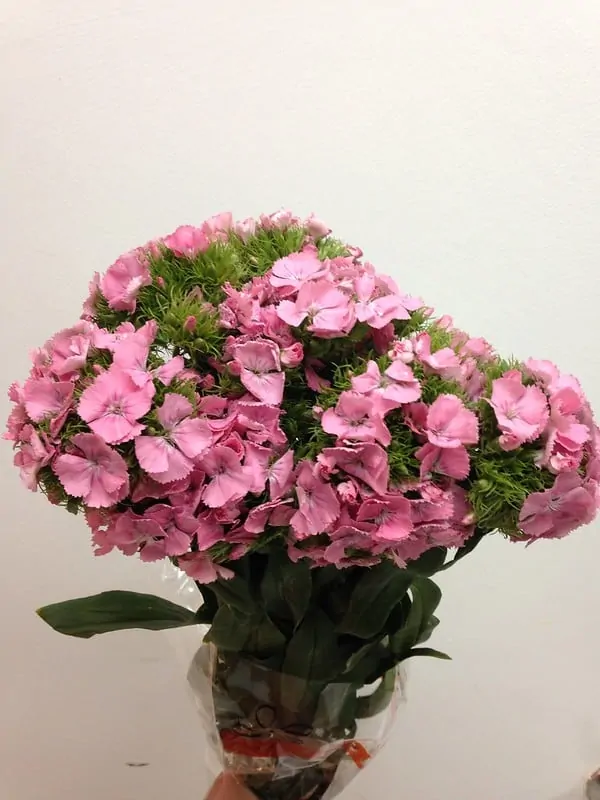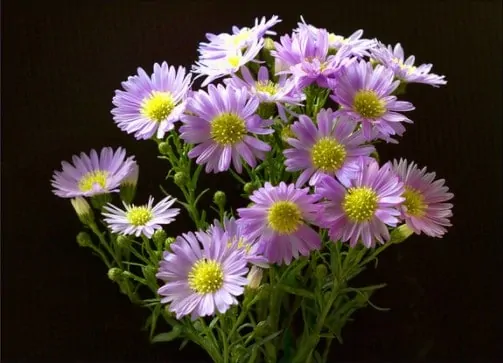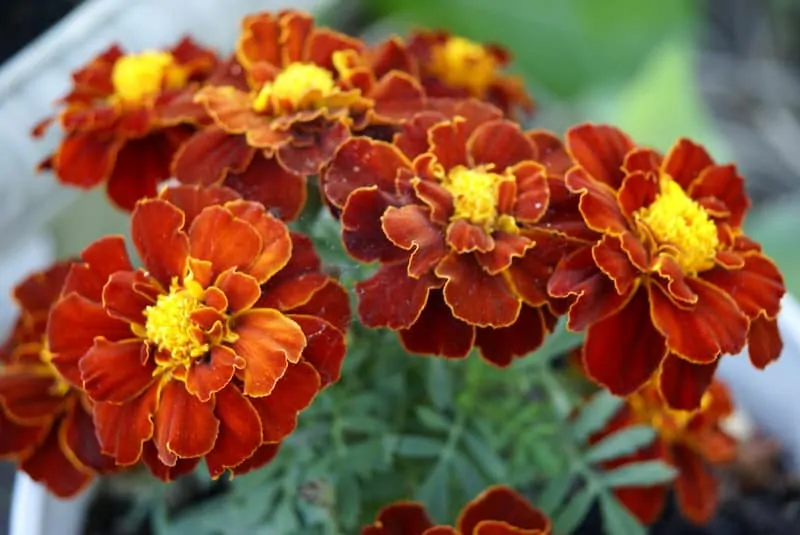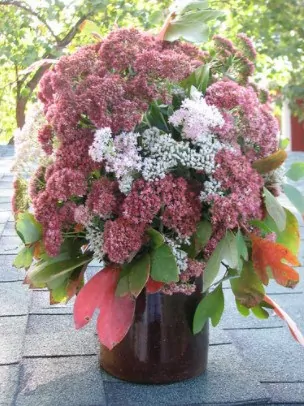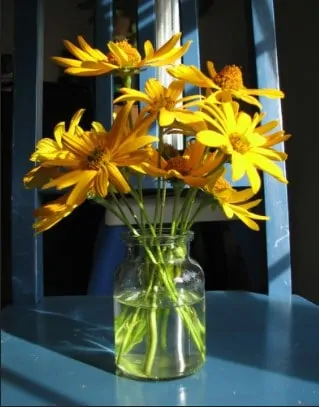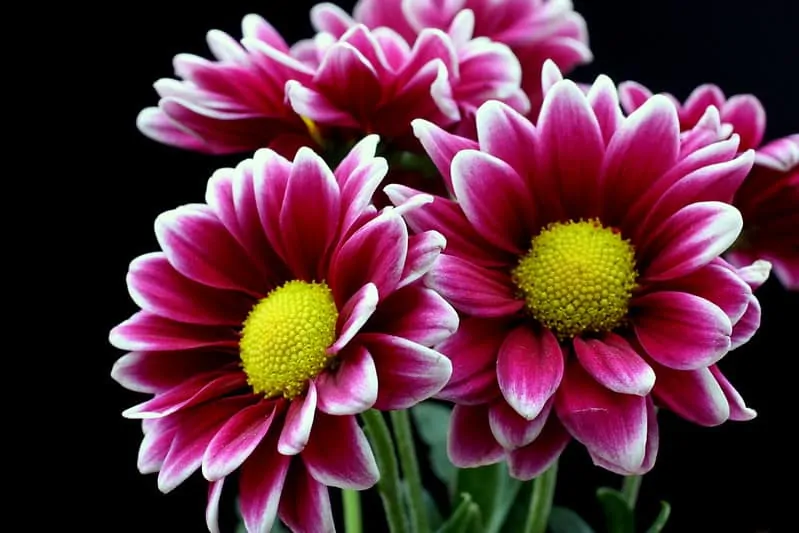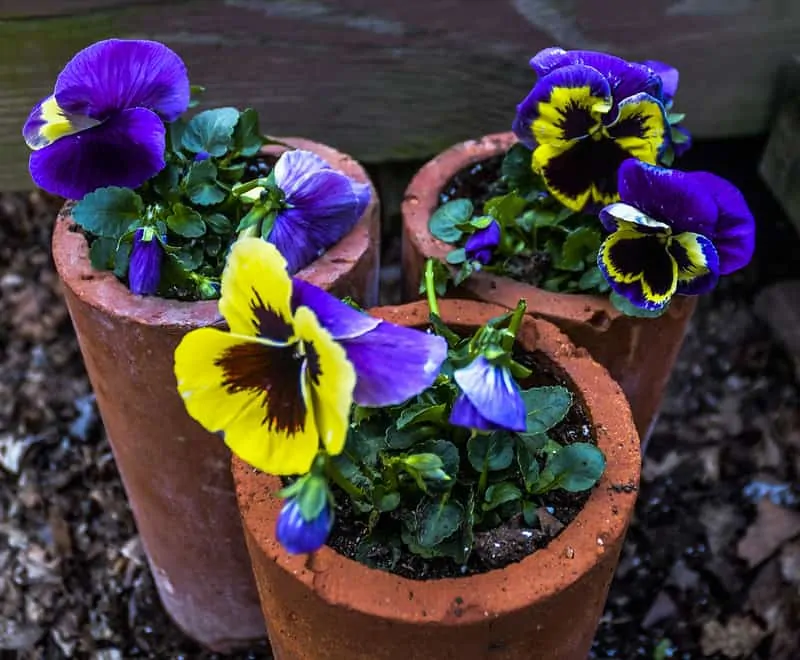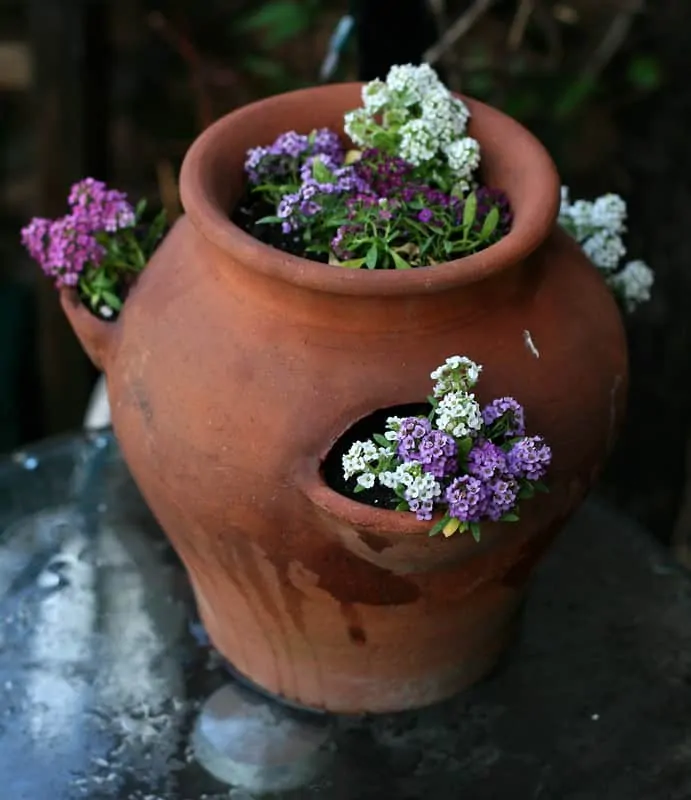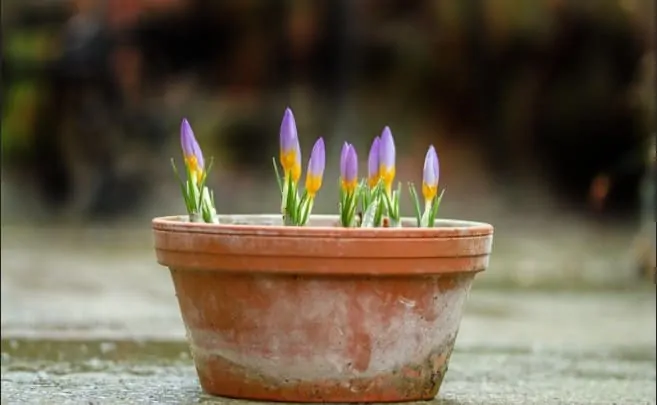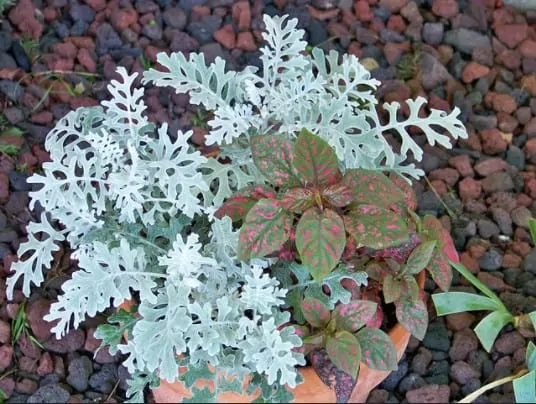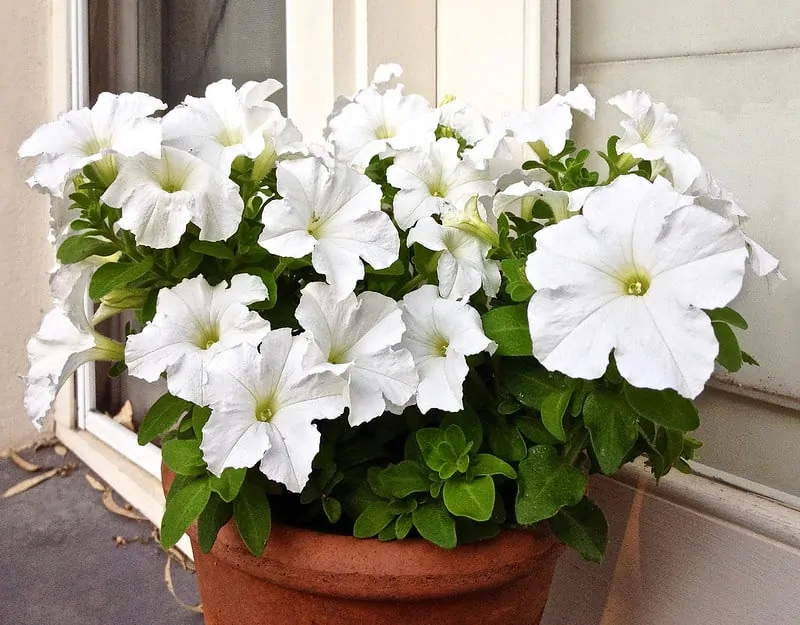Fall Flowers To Offer In The Perfect Bouquet
Show that you are in tune with the season and support the local gardeners by offering seasonal bouquets!
Why Offer Fall Flowers?
There are many reasons why you should try to give seasonal flowers instead of greenhouse-grown or even imported from another weather-zone. Here are just a few of them, in no particular order:
- They are fresh: it’s likely that the fall flowers you find in October and November are just cut off the stems because they are in season and cutting off flowers promotes further blooming.
- You support local communities: since everyone is in the same season, they all have the same flowers easily available. This is why you have a high chance of finding locally sourced plants, which helps small businesses.
- It’s more eco-friendly: locally sourced anything is more eco friendly because it saves the atmosphere the gas for transport.
- It shows you are in tune with the season. Offering spring flowers in fall might seem a grand gesture but ultimately it shows that you do not care what is weather and season-appropriate. Unless specifically asked to do otherwise, stick to fall flowers in fall.
- They last longer: fall flowers are by default sturdy, so they will last weeks in a vase, unlike say tulips, that wither in a few days.
Now that you know why offer these flowers, let’s have a look at which ones you can offer and if they are better offered as a bouquet or in a pot.
Fall Flowers To Put In A Bouquet
1. Fall Dahlia Flowers
Dahlias bloom from mid-spring until frost, so in fall you can look for the sharp petals of seasonal dahlias. They are usually large flowers, up to 2ft tall already cut, and come in a variety of colors, from white to dark red. These are great flowers to give to the host of a house party or for a birthday, but not that great for a date, simply because they are big.
2. Celosia
This crumpled flower not only has a funny appearance, but also a strange texture. The flowers are, for lack of a better word, fluffy. They are covered in small hairs which gives them a fuzzy feeling when touched. One flower can be rather large, so they work best as a centerpiece for a varied bouquet or brought together in a round arrangement. Celosia ranges from bright pink to dark red.
3. Cornflower
Their name comes from where they were originally found. Initially, these flowers grew on harvested cornfields in late fall, but have since been domesticated. They bloom all summer long and some species continue to bloom until frost, if constantly harvested. Cornflowers work well on their own but you can highlight their striking and rare blue by pairing them with yellow or red flowers.
4. Cosmos
The cosmos flower is more delicate than most on this list and will only last for a few days to a week in a vase, but it has a striking appearance. Its large, wide petals come in a variety of colors, and it is often speckled with more than one per flower. As you can see, they contrast nicely with cornflowers!
5. Dianthus
We mentioned another kind of Dianthus, fire and ice, in our post about low growing perennials. While that kind of Dianthus doesn’t grow taller than 1ft, many do, and they make beautiful cut flowers. They keep for weeks in a vase and they have so many color options you can mix and match to your heart’s desire!
6. Asters
These purple stars are very cold hardy, so you can find them late in the year. The petals contrast with the bright yellow middle and they attract late insects, like butterflies and bees. Despite their hardiness, they look delicate and soft, with a rustic sense to them. Combine them with other wild flowers like cornflowers!
7. Marigolds
Marigolds are small, bright orange or yellow flowers, with an earthy, rich smell. They have the biggest impact when mixed with white or blue flowers, but you can offer them on their own as well. These flowers are pretty hardy and a freshly cut bloom will keep for weeks. Be careful of pests though, they are prone to spider mites, so give them a rinse before bringing them indoors!
8. Autumn Sedum
Sedum flowers are tiny, pink or white, and they grow in clumps around a central stem. One such group can have hundreds of flowers! The stems are woody, reminding of its spring counterpart, the lilac. Unlike lilac, though, Sedum rarely has a smell, and the bright lilac color you are used to is missing. Instead, it comes in reds, pinks, and whites. This is a great flower for a rustic setting, and like dahlias, it’s best you offer them to someone who can put them in a vase immediately.
9. Heliopsis (False Sunflower)
If you miss the bright sun of summer, you can offer this bright yellow flower as part of a bouquet. It has large, wide petals, with spaces between them, so you can interlink some smaller contrasting flowers. As opposed to sunflowers and the summer sun, Heliopsis has a golden hue to it that captures the late October sun.
10. Chrysanthemums
They are the classic fall flowers, so while they are great to offer, and they do last in a vase so long that the person you gave them to might get bored of them, they are overused. Sure, if you don’t have any other option, they are a sound choice but try to be creative and pick others before these!
Fall Flowers To Offer In A Pot
11. Pansies
These perennials, best planted in fall, will bloom again and again, from spring to late fall. They can be kept outdoors or brought inside over winter, or even kept indoors all year round, and they will be very happy. They require little care, so they make a striking gift that doesn’t put any responsibility on the receiver.
12. Alyssum
This tiny perennial is a great option to give in a pot, as long as it stays there. In open ground, it can become quite invasive. It blooms from summer to frost, and it is cold hardy, so it can be kept outdoors or on a balcony. The flowers range from pure white to dark purple and they have a sweet fragrance that attracts the nickname sweet alyssum.
13. Fall Flowering Crocus
When we last talked about the varieties of crocus, I mentioned they grow in the garden. They do, however, grow in a pot as well, and the little delicate flowers can be a distinguished gift. Offer to green-thumbed friends and loved ones, since they need a little care to thrive in a pot.
14. Dusty Miller
This evergreen leafy plant is grown for its silver-green leaves, rather than its small flowers. It mostly makes a great companion that brings out the colors in other flowers or plants, as seen here with a polka dot plant. However, it also works great as a ground cover or as a potted plant, standing on its own.
15. Petunias
By far the most pretentious flower on this list, petunias need specific soil to thrive and they grow best if fertilized as well. But a pot of petunias is a fragrant gift that will impress anyone. They come in so many shapes, sizes, and colors it’s virtually impossible to not find something that you like!
How To Offer Fall Flowers
Fall flowers are great as single-flower bouquets, but if you really want to impress with your gift, mix and match them into a large, colorful arrangement. Since most of these are perennials and require little care to grow and thrive, they are also easy on the pocket so you can afford to splurge. Stick to fall colors, so pick yellow, orange, and red flowers, and use the blue and white options to spice the bouquet up a little.
Don’t be afraid to add accessories, like leaves and ferns, and ask for advice from the florist. You will not regret it! Steer clear of pumpkins, apples, or plastic imitations because they can break the flowers, overcrowd the arrangement and look tacky!
Final Thoughts
I hope I gave you some great ideas for the next fall flowers bouquet you will offer. Let me know how the person you gave it to received it, if they liked it, and what flowers you chose for it! The comments section is ready for your stories and I cannot wait to read them!

